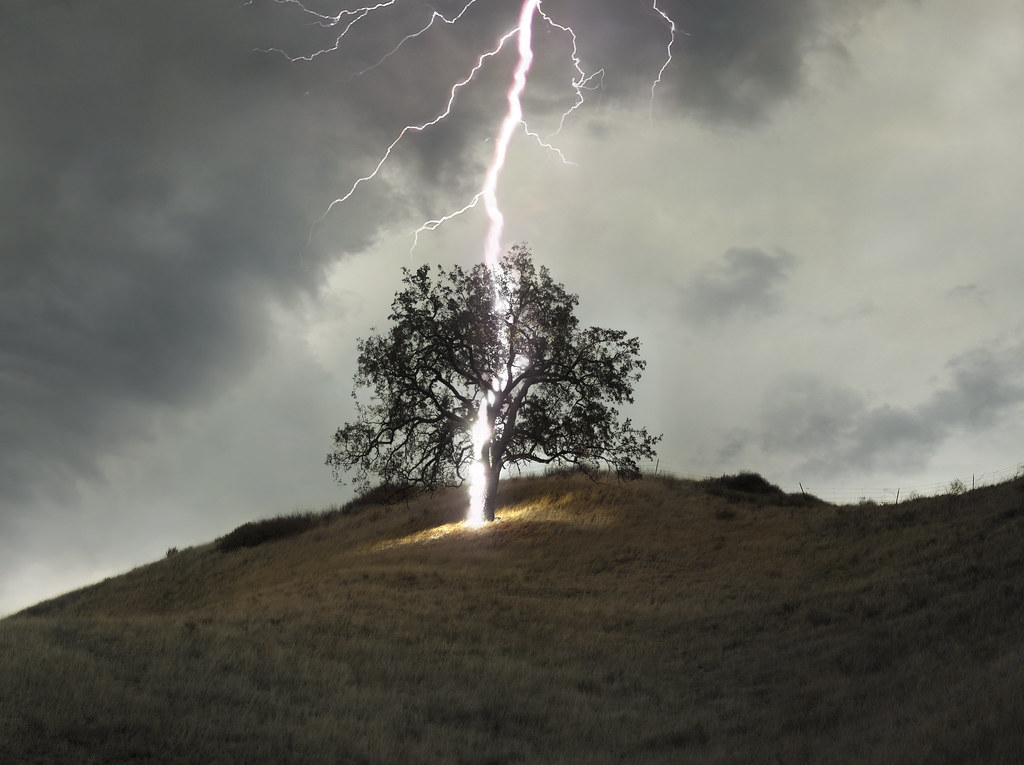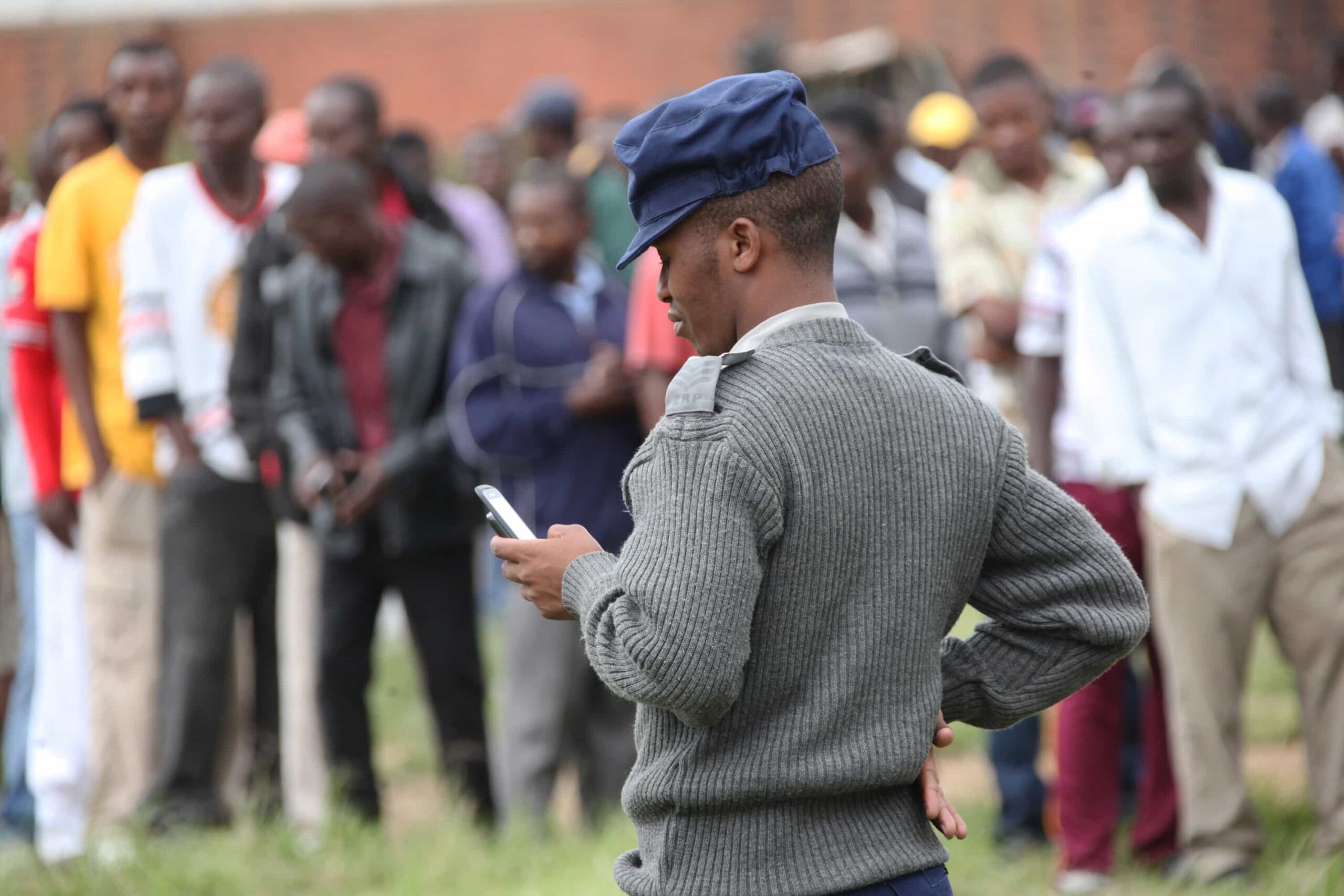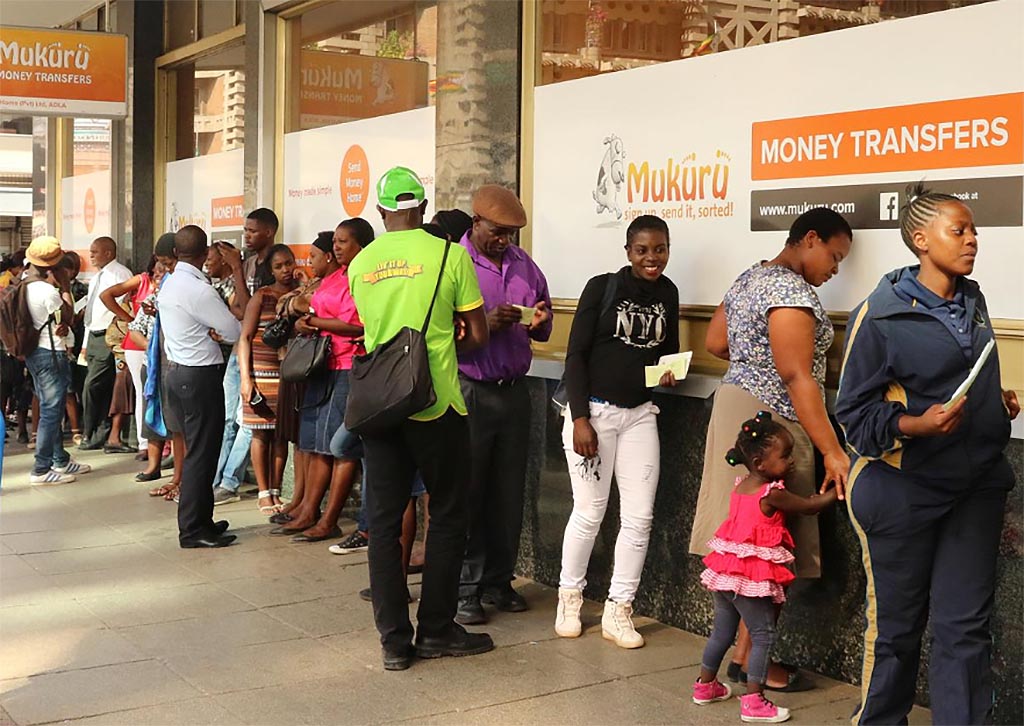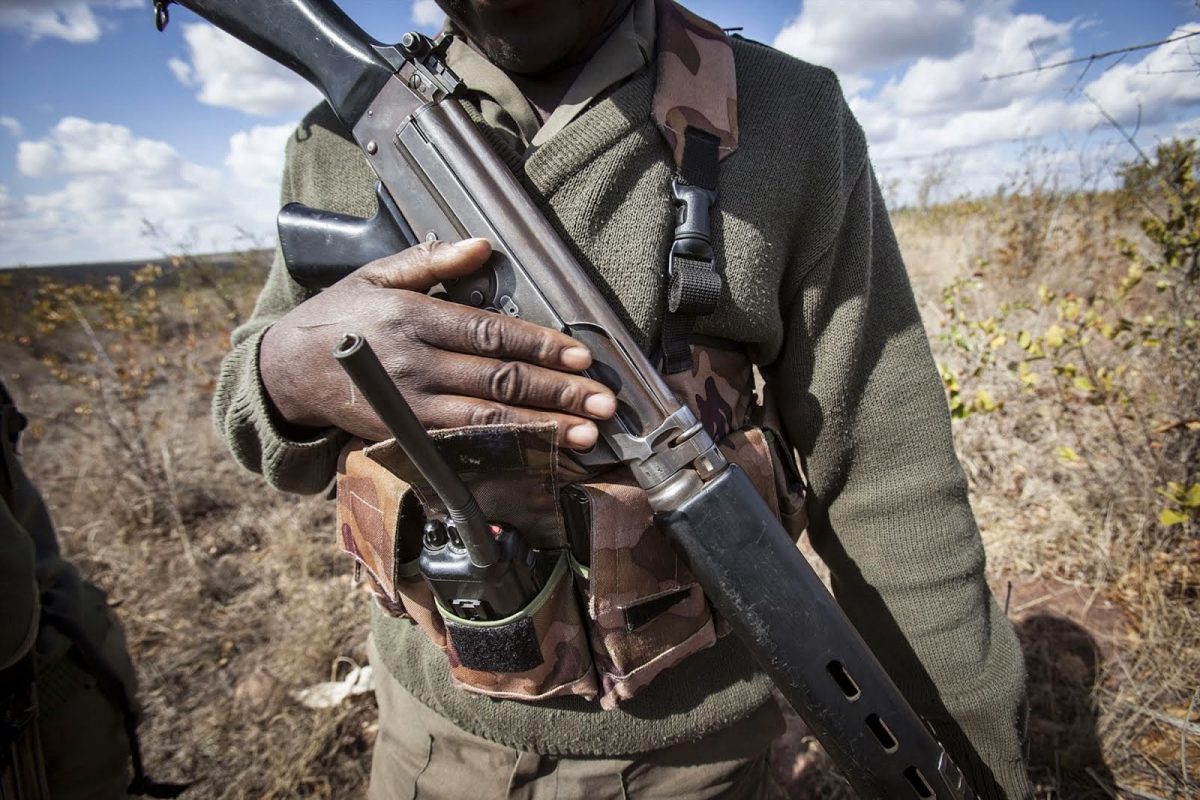HWANGE – Thirteen inmates at Hwange Prison were hospitalised on Friday after they were struck by lightning while having lunch in the prison courtyard, officials said.
On the same day, police said two teenagers, both aged 15, were killed by lightning while walking home from school in Chitungwiza.
Police said one of the children died instantly, while a second was runover by a vehicle as she lay on the tarred road. The two were students at Seke 1 High School.
Zimbabwe Prisons and Correctional Services (ZPCS) spokesman Superintendent Peter Chaparanganda, meanwhile, said 13 inmates suffered varying degrees of burns after they were struck by lightning at around 11AM last Friday.
The convicted inmates had gathered for lunch in Hwange Prison yard when lightning struck.
“All the 13 were rushed to St Patrick’s Hospital. Four of them suffered serious burns while the other nine were said to be stable. The four were referred to Mpilo Central Hospital in Bulawayo for further management,” said Chaparanganda said.
Zimbabwe is one of the world’s most lightning-prone countries: the holder of a world record in lightning-related fatalities. During the rainy season, lightning strikes normally kill up to 100 people, mostly rural children.
Many more people are maimed and countless livestock lost.
The high lightning toll in Zimbabwe can be explained by the prevalence of granite outcrops all over the country. The University of Zimbabwe established that granite is radioactive and discharges gamma rays up to the cloud, thus ionizing the air molecules.
Abundant granite outcrops, together with soot from the numerous kitchen huts, offer the much-needed opposite charge on the ground, while tall objects offer the easiest route for an electrical discharge to steer its way to the ground.
An additional explanation of the high number of deaths attributable to lightning is the effect deforestation has had on leaving huts and standing people as the highest objects around.
Last week, the meteorological services department last week warned of severe thunderstorms. In an advisory, it added: “Lightning is a major risk during this period. When thunder roars, go indoors. If outdoors, do not shelter under isolated trees or shed. If no shelter is available, try to couch as low as possible with only your toes touching the ground.”
















